Free RPG Day 2011
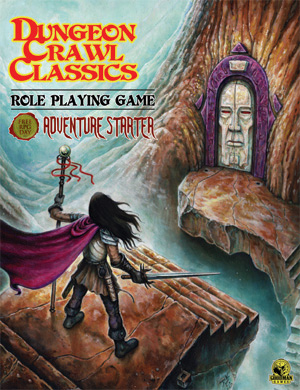 This Saturday is Free RPG Day, and as a lifelong gamer I wanted to encourage all of you current, former, and interested potential gamers to drop by your local gaming store to see what free role-playing game products are being offered for your enjoyment.
This Saturday is Free RPG Day, and as a lifelong gamer I wanted to encourage all of you current, former, and interested potential gamers to drop by your local gaming store to see what free role-playing game products are being offered for your enjoyment.
I’m especially interested in the new Dungeon Crawl Classics role-playing game Adventure Starter. Any readers of the Black Gate game review section know what a fan I am of Dungeon Crawl Classics, so I’m expecting good things. The Adventure Starter includes an atmospheric scenario for beginning characters, as well as one for higher level characters, and I’m looking forward to running my group through them this evening.
The Adventure Starter is just half the tale, though, for the beta version of the Dungeon Crawl Classics game is available online here. It looks to be a back-to-the-basics style heroic fantasy game, with no feats, prestige classes, attacks of opportunity, etc. Some days I like the fussy bits and customization of modern fantasy adventure games as much as the next guy, but sometimes I want to throw those books across the room and run something without so many rules, exceptions, and charts. The DCC Beta looks promising: I’ll find out this evening how it plays out, and report back.
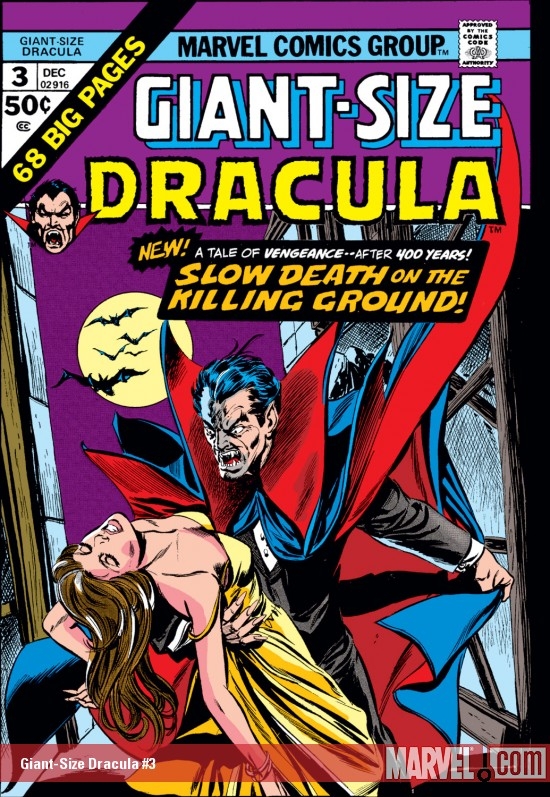
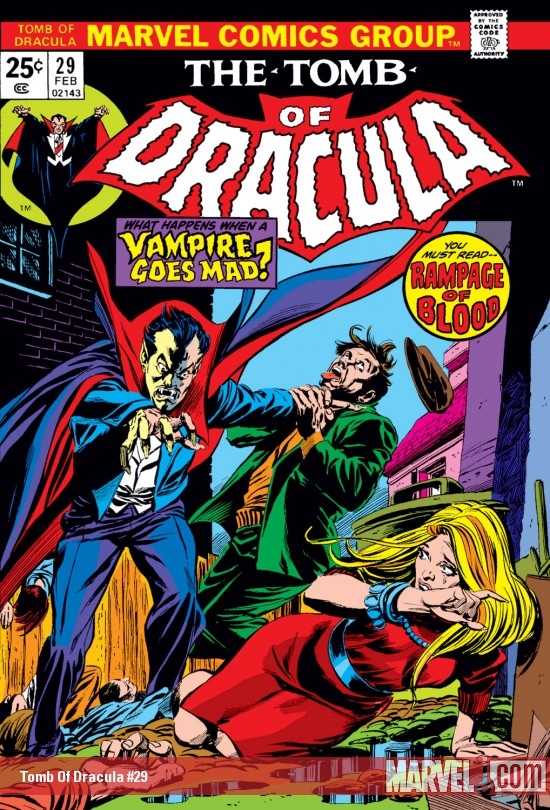



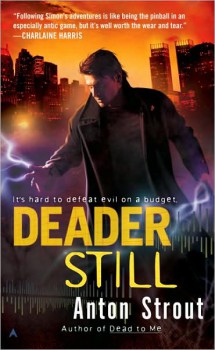 Deader Still
Deader Still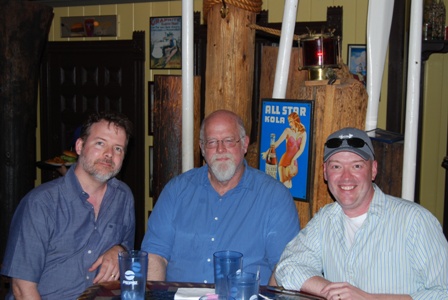

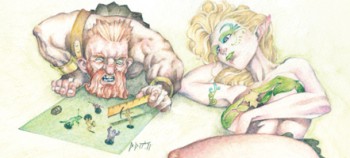
 Serial storytelling is something of a mystery; even more so, perhaps, than most storytelling. When done right, it seems to hook an audience, to get them to invest heavily in the story being serialised. But for whatever reason, most serial forms have been pigeonholed as strictly popular arts; serial storytellers have generally been assumed to have a low amount of literary ambition. These presumptions about serials, and the way the form works, have always intrigued me — the more so since I’ve set out to write
Serial storytelling is something of a mystery; even more so, perhaps, than most storytelling. When done right, it seems to hook an audience, to get them to invest heavily in the story being serialised. But for whatever reason, most serial forms have been pigeonholed as strictly popular arts; serial storytellers have generally been assumed to have a low amount of literary ambition. These presumptions about serials, and the way the form works, have always intrigued me — the more so since I’ve set out to write